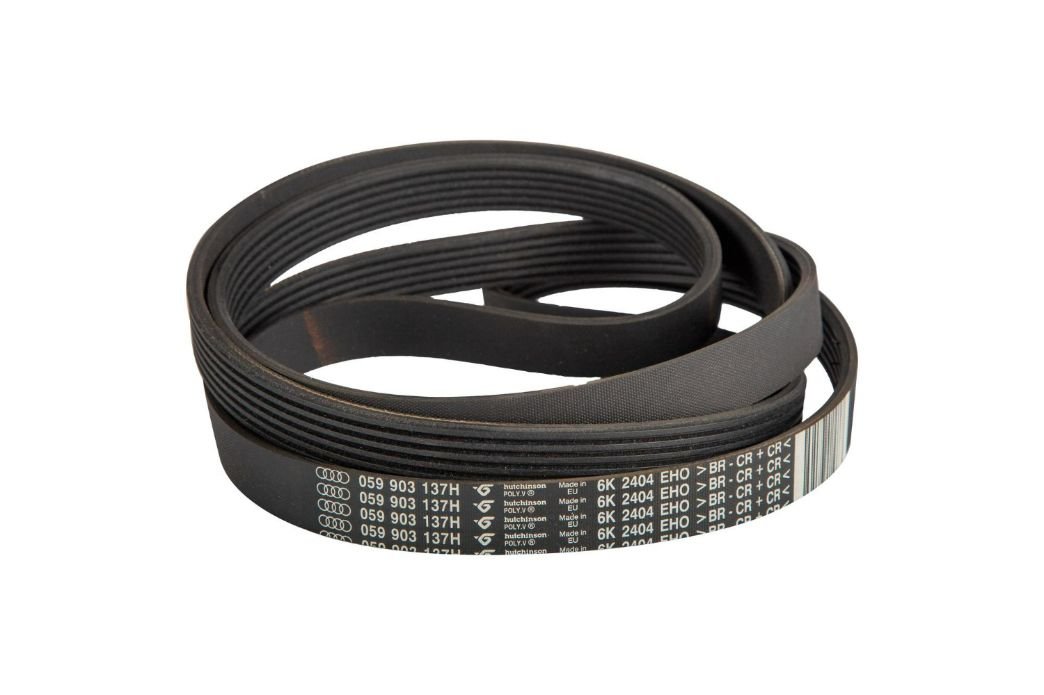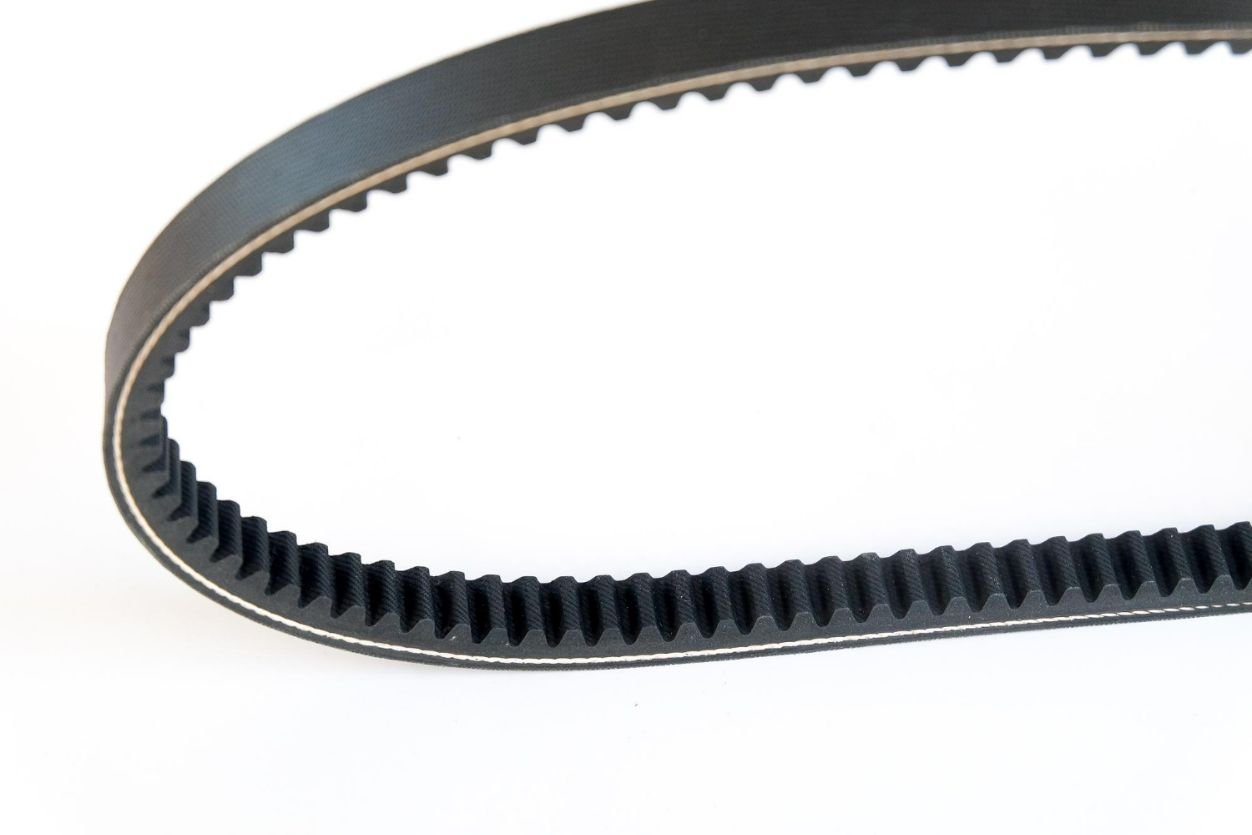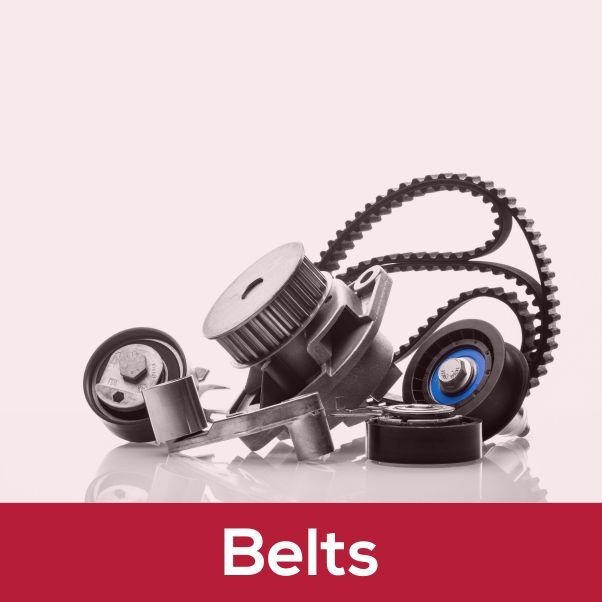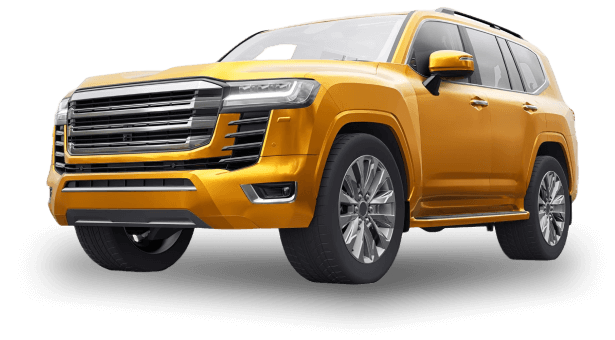Understanding the Drive Belt in Your Car: A Comprehensive Guide
The drive belt is an essential yet often overlooked component of your vehicle’s engine system. This flexible loop of rubber or composite material plays a crucial role in operating various accessories, ensuring the smooth functioning of systems that enhance performance, comfort, and safety. In this comprehensive guide, we’ll explore the types, functions, maintenance, and signs of wear associated with drive belts, providing you with a thorough understanding of this critical automotive component.
What is a Drive Belt?
A drive belt is a continuous loop that transmits power from the engine’s crankshaft to various accessories. Typically made from durable rubber reinforced with fibers, the drive belt withstands the stresses of engine operation. It is integral to the vehicle’s accessory drive system, which includes components such as the alternator, power steering pump, air conditioning compressor, and water pump. By connecting these components, the drive belts ensures they operate efficiently, contributing to the overall functionality of the vehicle.
Types of Drive Belts
There are three primary types of drive belts used in vehicles: serpentine belts, V-belts, and timing belts. Each type has distinct characteristics, applications, and maintenance requirements.
Serpentine Belts
Serpentine belts are the most common type found in modern vehicles. They are long, continuous belts that “snake” around multiple pulleys, allowing them to drive several accessories simultaneously. The design of serpentine belts offers several advantages:

- Efficiency: A single serpentine belt can power multiple accessories, reducing the number of belts needed in the engine compartment.
- Space-Saving: The compact design allows for more efficient use of space under the hood, making it easier to access other components.
- Ease of Replacement: Serpentine belts are generally easier to replace than multiple V-belts, as they can be removed and installed without adjusting multiple tensioners.
Serpentine belts typically have a grooved surface that fits into corresponding grooves on the pulleys, providing a secure grip and minimizing slippage. They are designed to last longer than traditional V-belts, often requiring replacement every 60,000 to 100,000 miles, depending on the manufacturer’s recommendations.

V-Belts
V-belts are an older type of drive belts characterized by their V-shaped cross-section. These belts are typically used in older vehicles but can also be found in some newer models. V-belts can be used individually or in multiple configurations to drive different accessories. Key features of V-belts include:
- Simplicity: V-belts are straightforward in design and function, making them easy to understand and troubleshoot.
- Individual Drives: Unlike serpentine belts, which drive multiple accessories, V-belts can be dedicated to a single component, allowing for easier replacement if one belt fails.
However, V-belts have some disadvantages compared to serpentine belts:
- Space Requirements: Multiple V-belts can take up more space in the engine compartment, making access to other components more challenging.
- Higher Maintenance: V-belts may require more frequent adjustments and replacements, especially if they stretch or wear unevenly.
Timing Belts
While not a drive belt in the traditional sense, the timing belt is another critical component in a vehicle’s engine. The timing belt synchronizes the rotation of the crankshaft and camshaft, ensuring that the engine’s valves open and close at the correct times during each cylinder’s intake and exhaust strokes. Key points about timing belts include:

- Critical Function: A failure of the timing belt can lead to severe engine damage, including bent valves and damaged pistons, especially in interference engines.
- Replacement Interval: Timing belts typically need to be replaced every 60,000 to 100,000 miles, similar to serpentine belts, but the consequences of failure are much more severe.
- Different Material: Timing belts are often made from a different material than drive belts, incorporating reinforced fibers to withstand high tension and heat.
Recommend Read: Different Types of Belts in a Car
How Drive Belts Work
The operation of a drive belt is relatively straightforward. As the engine runs, the crankshaft rotates, generating power. This rotational motion is transmitted to the drive belt, which, in turn, rotates the pulleys attached to various engine accessories. The drive belt’s design ensures that it maintains tension and grip on the pulleys, allowing for efficient power transfer.
Tensioners and Idler Pulleys
To ensure optimal performance, drive belts are equipped with tensioners and idler pulleys.
- Tensioners: These components maintain the proper tension on the drive belt, preventing slippage and ensuring that the belt remains securely in place. Tensioners can be automatic or manual, with automatic tensioners adjusting themselves as the belt wears.
- Idler Pulleys: These pulleys guide the belt around the various components and help maintain proper alignment. They also assist in reducing friction and wear on the belt.
Signs of Wear and Failure
Regular inspection of the drive belt is crucial for vehicle reliability. Over time, drive belts can wear out due to heat, friction, and exposure to engine fluids. Here are some common signs of a failing drive belts:
1. Squealing or Squeaking Noises
One of the most common indicators of a worn drive belt is a squealing or squeaking noise, especially during engine startup or when turning the steering wheel. This noise often indicates that the belt is loose, worn, or misaligned. If left unaddressed, a failing belt may eventually snap, leading to a loss of power to critical accessories.
2. Visible Cracking or Fraying
A physical inspection of the drive belt can reveal signs of wear. Look for cracks, fraying, or splitting on the surface of the belt. These signs indicate that the belt is deteriorating and may soon fail. Regular visual checks can help catch these issues early, allowing for timely replacement.
3. Engine Overheating
The water pump, often driven by the drive belt, is responsible for circulating coolant throughout the engine. If the drive belt fails, the water pump may stop functioning, leading to engine overheating. If you notice the temperature gauge rising or steam coming from the engine compartment, it could be a sign of a failed drive belt.
4. Power Steering Failure
If the power steering pump is driven by the drive belt, a failure can result in a loss of power steering assistance. This can make steering difficult, especially at low speeds. If you experience increased steering effort, it may be time to inspect the drive belt.
5. AC Malfunction
A malfunctioning air conditioning system can also indicate a problem with the drive belt. If the AC compressor is not receiving power due to a broken or worn belt, the air conditioning may not function properly, leading to discomfort in hot weather.
6. Dashboard Warning Lights
In some modern vehicles, the dashboard may display warning lights related to the drive belt or associated systems. If you see a warning light indicating a problem with the charging system or power steering, it may be related to a failing drive belt.
Recommend Read: The Ultimate Guide to Car Spare Parts
Maintenance of Drive Belts
Proper maintenance of the drive belt is essential for ensuring the longevity and reliability of your vehicle. Here are some key maintenance tips:
1. Regular Inspections
Perform regular visual inspections of the drive belt, looking for signs of wear such as cracks, fraying, or glazing. It is advisable to check the belt during routine oil changes or when performing other maintenance tasks.
2. Listen for Noises
Pay attention to any unusual noises coming from the engine compartment, especially during startup or when turning the steering wheel. Squealing or squeaking sounds may indicate a problem with the drive belt or associated components.
3. Check Tension and Alignment
Ensure that the drive belt is properly tensioned and aligned. If you notice that the belt is loose or misaligned, it may need adjustment or replacement. Automatic tensioners typically require less maintenance, but manual tensioners should be checked regularly.
4. Follow Manufacturer Recommendations
Refer to the vehicle owner’s manual for specific recommendations regarding drive belt inspection and replacement intervals. Different vehicles may have different requirements based on the type of belt and the accessories being driven.
5. Replace Worn Belts Promptly
If you notice any signs of wear or failure, replace the drive belt promptly. Delaying replacement can lead to more significant issues, including damage to the accessories driven by the belt.
6. Consider Professional Inspections
If you are unsure about the condition of your drive belt or how to perform inspections, consider having a professional mechanic evaluate the belt and associated components. They can provide expert advice and perform necessary repairs or replacements.
Ready to try Our Services?
Your car is extensively checked for 23 points checklist in a Trusted certified garage, that delivers good results

Conclusion
The drive belt is a small but critical component of your vehicle’s engine system, responsible for powering essential accessories that enhance performance, comfort, and safety. Understanding the different types of drive belts, their functions, and the signs of wear can help you maintain your car more effectively. Regular inspections and timely replacements are crucial for ensuring that the drive belt operates smoothly and reliably. By prioritizing drive belt maintenance, you can prevent unexpected breakdowns and extend the lifespan of your vehicle, ultimately contributing to a safer and more enjoyable driving experience.
In summary, while the drive belt may not be the most glamorous component of a car, its importance cannot be overstated. Proper care and attention to this vital part of the engine system can lead to improved vehicle performance and reliability, ensuring that you can confidently navigate the roads ahead.

